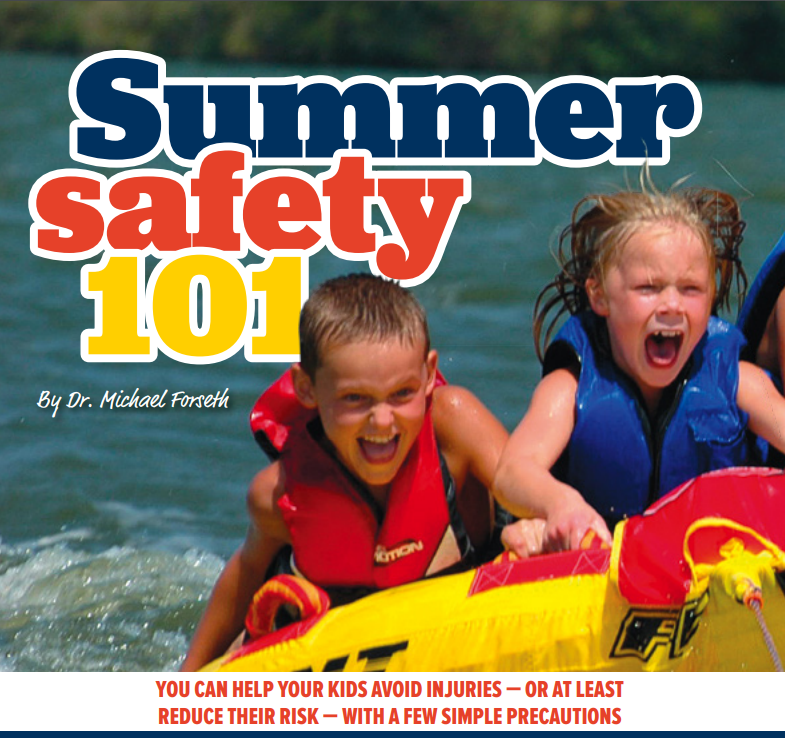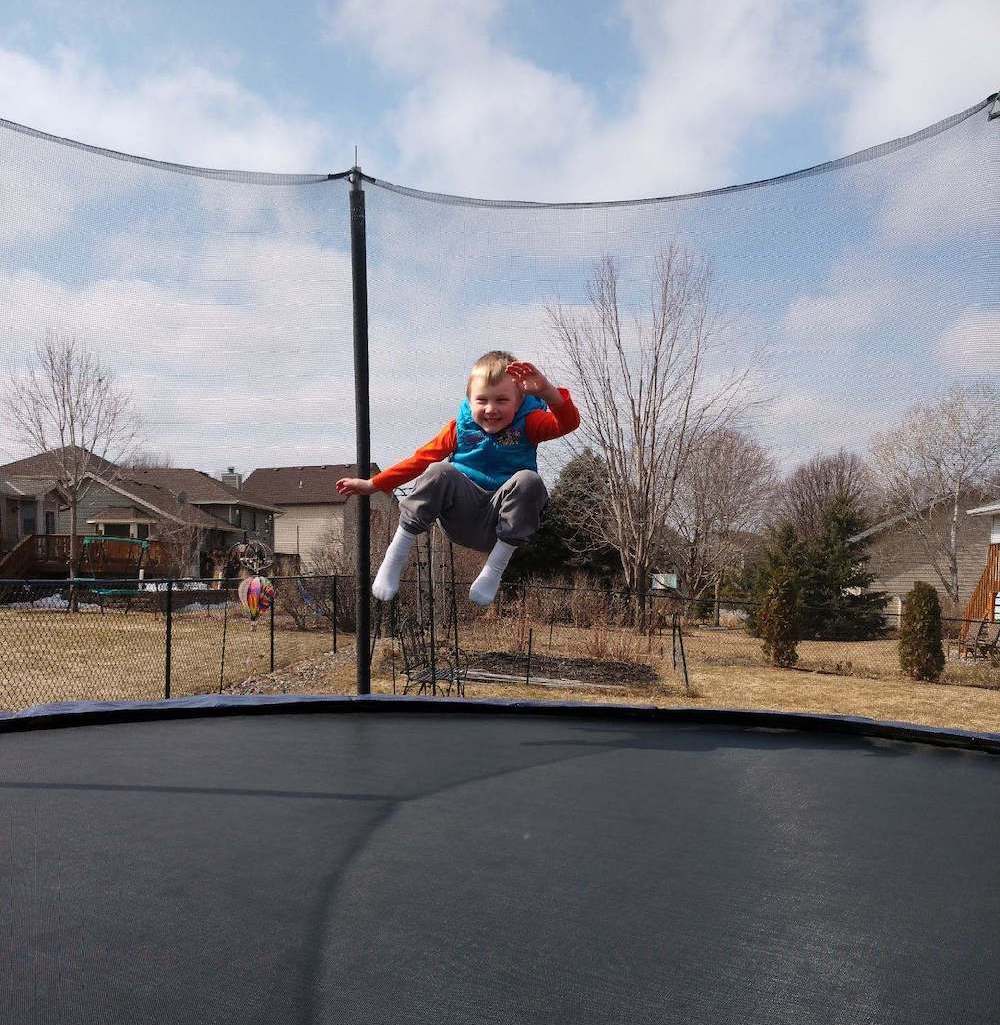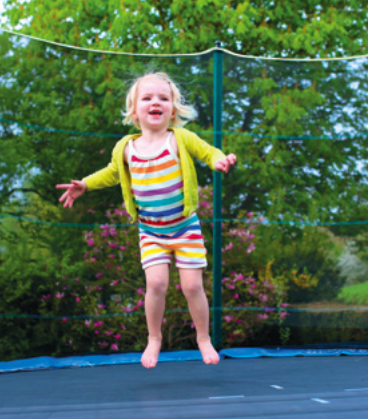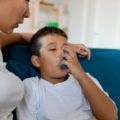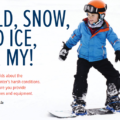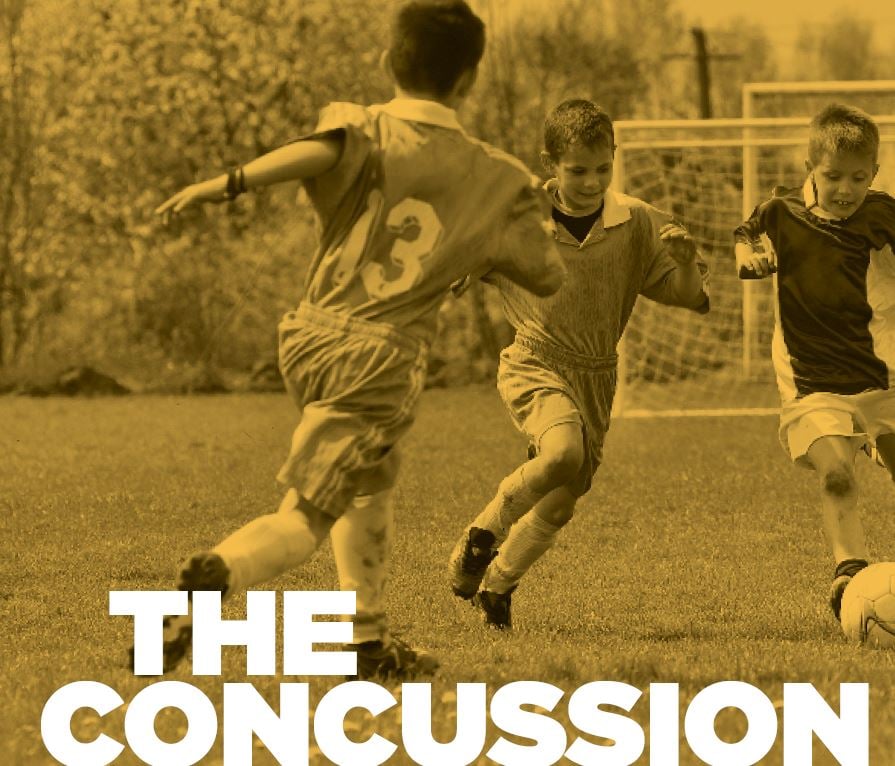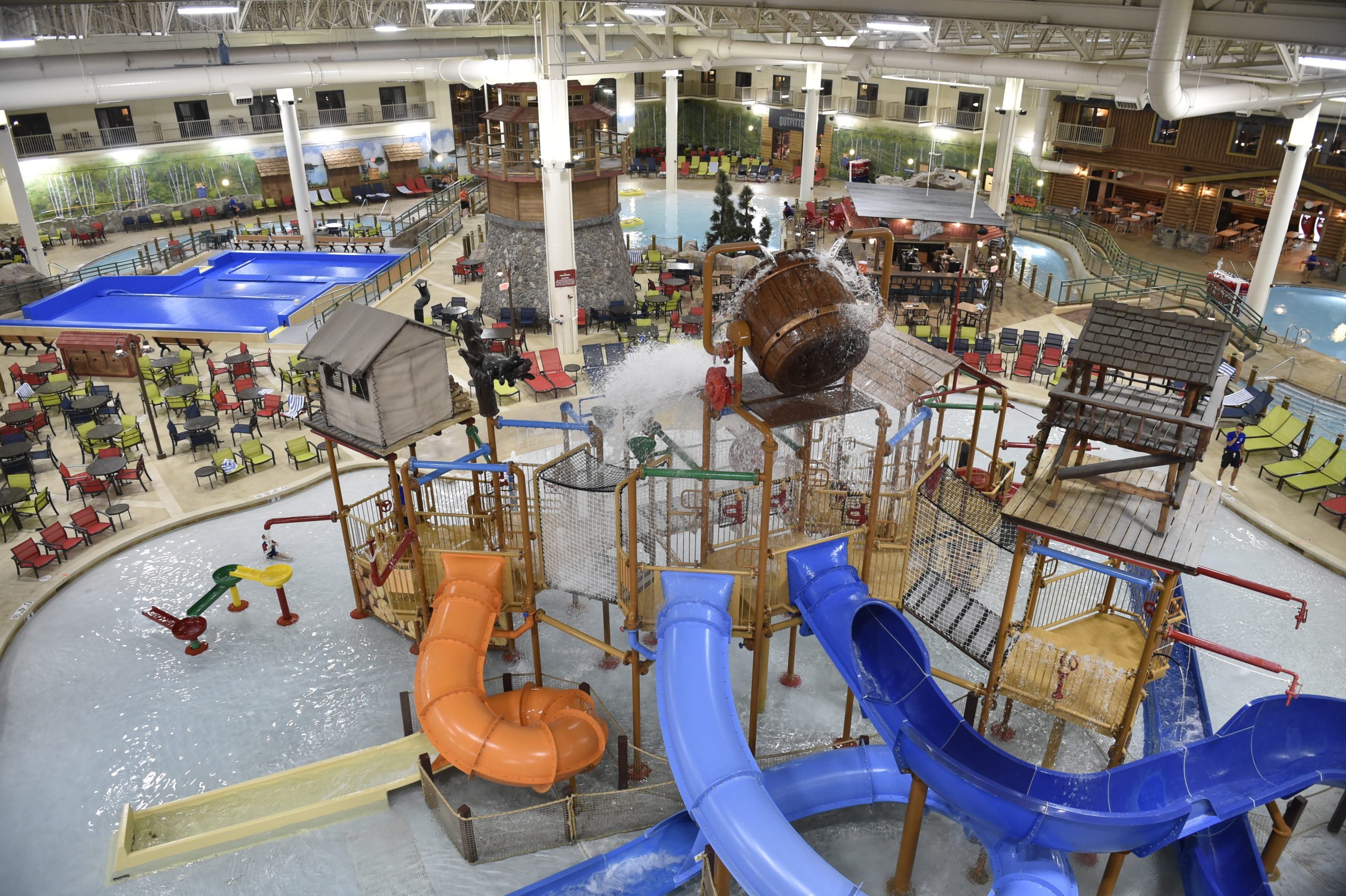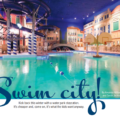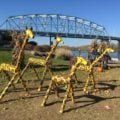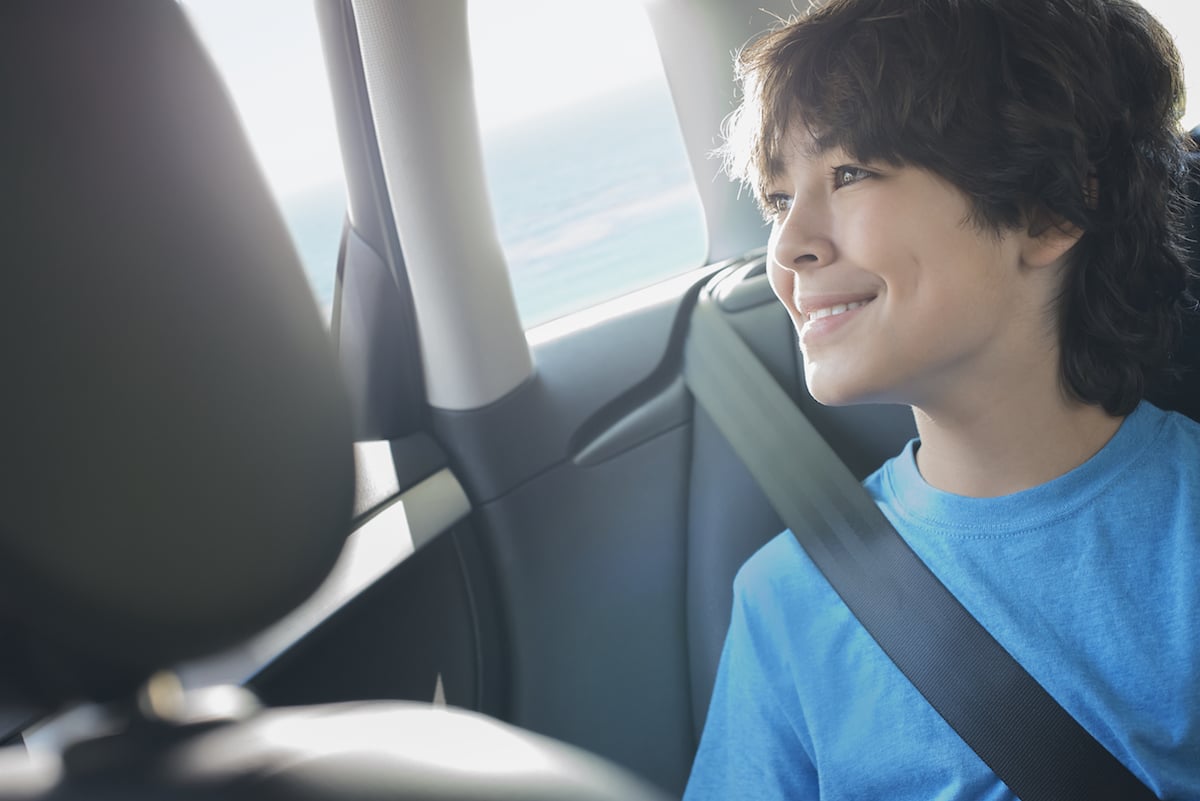Summer activities in Minnesota are terrific for helping children enjoy exercise as well as develop social skills.
As with any physical activity, however, there’s a risk of injuries.
Ever year, more than 200,000 kids are treated in U.S. emergency rooms for playground injuries.
As an orthopedic surgeon in Minnesota, I see a lot of these injuries in the summer months.
Fortunately, there are steps parents can take to prevent the most common accidents. In fact, a little awareness goes a long way.
Age matters, of course. Children up to about age 12 are the most vulnerable to injury. Until a child is a teenager, close supervision is critical.
I encourage parents to sit down with children at the start of summer and have a safety talk. Teach safe habits around cars and other hazards, emphasize the importance of using playground equipment as it was designed to be used and insist that safety equipment be required — helmets in particular. These restrictions may not help you win a popularity contest with your kids, but they’re important.
There are a number of other things parents can do to reduce risks for common summer activities:
Tubing
The popularity of tubing comes as no surprise in a state famous for 10,000 lakes, but parents might not realize the opportunities that can arise for injuries as well as fun.
Every year, I treat strains, muscle pulls, torn shoulders and other injuries caused by tubing that could easily have been prevented with a few water-safety rules:
- Avoid sudden starts or stops, and never allow children to wrap tow ropes around their arms; a sudden start can tighten the rope and result in a very serious injury.
- Stick to a reasonable speed, and keep children clear of the boat propeller, other boats, docks and objects along the shore.
- Life jackets and careful supervision are a must.
Fire pits
Many families don’t realize how dangerous their backyard fire pits are. Fire pits are low, easy to tumble into and they frequently offer no protection between a child and the flames. It takes only a second or two for a child to suffer a serious burn.
- Have a fire-pit safety talk.
- Discourage running near the fire.
- Never leave a fire unattended.
Biking
It may come as no surprise to parents that kids on bikes — as well as skateboards and rollerblades — suffer fall-related injuries like broken wrists and elbows, head injuries, scrapes and abrasions.
But many of the injuries we treat are actually the result of collisions between cars and young bikers or skateboarders. Children can come shooting out of a driveway or through an intersection faster than drivers can spot them and stop.
Last summer, I treated many injuries stemming from such collisions. They happen more often than parents realize. These accidents are often preventable:
- Teach children about bike and car safety. Encourage them to be aware of their surroundings and walk — not ride — their bikes across the street.
- Make wearing helmets non-negotiable. Today, most bikers wear helmets that protect them from head injuries. I recommend that skateboarders wear helmets, too. Boards can pick up a lot of speed — and, yet, they don’t offer the braking power a bike does.
- When children are learning to ride — and are more prone to falls — wrist and elbow guards can provide a little extra protection, too.
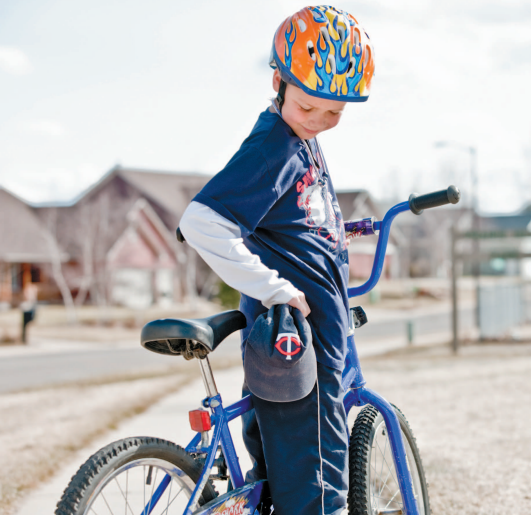
Playground slides
Frequently accidents on slides and playground equipment happen because equipment isn’t used as it was intended.
We expect children to get dangerously creative on the playground — they often would rather go up slides than down — but many slide injuries occur when the parents use the equipment incorrectly.
I’ve treated more than one injury resulting from a parent riding down a slide with a child. Together a parent and child can pick up speed, and, at the bottom, adults can accidentally tumble on top of their children and injure them.
- Remember that the rules about using equipment correctly apply to you as well as your kids.
- Check that equipment is in good repair and look for cushioning mulch or rubber — not concrete — beneath play structures.
- Supervise younger children closely.
Trampolines
Backyard trampolines cause thousands of injuries every year. Most occur when a child falls into the springs or padding at the edge of the trampoline or onto the ground.
You might think a safety net would make a trampoline bulletproof, but the nets themselves can be a hazard. Children climb them, and then hurt themselves by jumping down to the trampoline or falling from the net.
Careful supervision is the key to trampoline safety.
- Don’t place the trampoline near a house or garage with a low roof. Children can’t resist jumping from the roof to the trampoline. Sounds like fun, doesn’t it? It’s exciting, but not safe.
- Limit the number of children on the trampoline at one time. Trampoline manufacturers recommend one person jump at a time. Of course, few families follow that rule — and the result can be injuries caused when jumpers collide.
- Make sure everyone on the trampoline is about the same size. Powerful jumping by a teen or a grownup can easily toss a younger child around and cause head or neck injuries.
Car-seat safety
Finally, because summer is a big travel season, a talk about car seats is important.
- Children younger than 2 years old should ride in rear-facing car seats when possible.
- Until children are 4 feet 9 inches tall — usually between 8 and 10 years old — the safest place for them is in a booster seat in the middle of the back seat, where they’re protected from airbags.
- When older kids graduate from a booster seat, they should go straight to wearing seat belts.
Even with the risks, the benefits of summer activities and travel significantly outweigh the long-term health consequences of inactivity. Encourage your children to actively enjoy all that summer has to offer — armed with these preventative guidelines.
Dr. Michael Forseth is a physician in Woodbury at Summit Orthopedics, which has 14 locations and 600 employees in the Twin Cities. For more information on playground safety, go to tinyurl.com/playground-safe.





